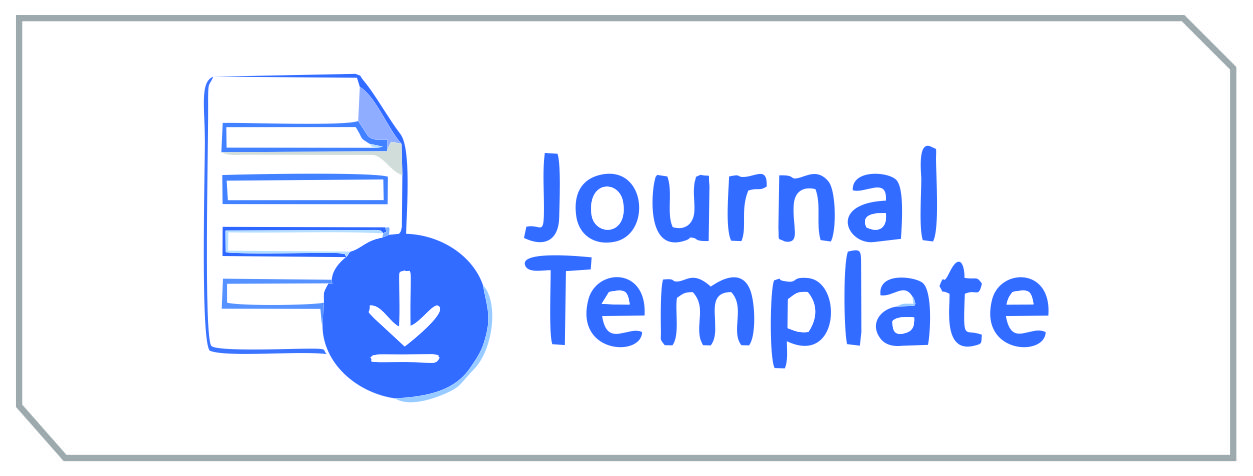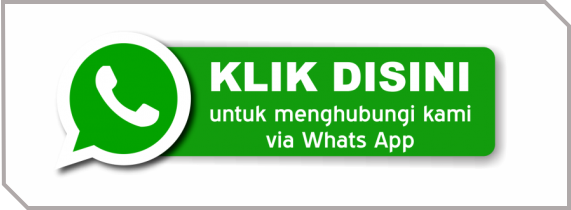Effectiveness of PowerPoint Media in Improving Letter Recognition Skills among Indonesian Preschoolers
DOI:
https://doi.org/10.62238/chatra.v3i2.216Keywords:
PowerPoint media, letter recognition, early literacy, preschool education, multimedia learningAbstract
Purpose – This study investigates whether PowerPoint-based media can improve early literacy skills, focusing on letter recognition among preschool children. Traditional methods often fail to engage young learners effectively, and this research aims to explore the potential of multimedia tools to enhance literacy outcomes.
Design/methods/approach – A quantitative, pre-experimental one-group pre-test-post-test design was used, involving 18 children aged 5–6 years from TK Tunas Mandiri Sungai Raya, Indonesia. Data were collected through structured observation using a checklist assessing letter identification, sound pronunciation, and letter-image association. Statistical analysis was conducted via paired sample t-tests in SPSS.
Findings – Results showed a significant increase in letter recognition scores, from a mean of 4.67 in the pre-test to 8.61 in the post-test. These findings suggest that PowerPoint can be a practical and effective tool to support early literacy learning, engaging children through visual and auditory stimuli.
Research implications/limitations – The study’s limitations include the absence of a control group and a small sample size, which limit generalizability. Nonetheless, this research contributes valuable insights into how simple digital tools can enhance literacy education in early childhood settings, particularly where resources are limited
References
Abdullah, R., & Nasution, M. I. P. (2024). Efektivitas penggunaan powerpoint interaktif dalam mendorong kolaborasi dan komunikasi siswa pada pembelajaran agama islam. AL-QAYYIMAH: Jurnal Pendidikan Islam, 7(2), 19–32. https://doi.org/10.30863/aqym.v7i2.6934
Atubi, O. (2023). Relevance of Symbol Systems Theory to Instructional Media for the Enhancement of Social Studies Learning Outcome. Jurnal Penelitian Dan Pengkajian Ilmu Pendidikan, 7(1), 48–59. https://doi.org/10.36312/esaintika.v7i1.1067
Bautista, G. F., Ghesquière, P., & Torbeyns, J. (2023). Stimulating preschoolers’ early literacy development using educational technology: A systematic literature review. International Journal of Child-Computer Interaction. https://doi.org/10.1016/j.ijcci.2023.100620
Blanchard, J., & Moore, T. (2010). The digital world of young children: emergent literacy.
Braslauskienė, R., Turauskienė, E., & Jacynė, R. (2024). The Potential of Digital Tools for Developing Pre-School Children’s Language Skills: Teachers’ Experiences. Regional Formation and Development Studies, 5–16. https://doi.org/10.15181/rfds.v42i1.2607
Chin, A., Meridor, N. A., Sincero, J. B., Sombise, M. G. D., & Siat, G. O. (2024). The Application of Interactive Games in Enhancing Kindergarten’s Level of Letter Recognition. Cognizance Journal, 4(12), 634–647. https://doi.org/10.47760/cognizance.2024.v04i12.058
Chuang, C.-J., & Jamiat, N. (2023). A systematic review on the effectiveness of children’s interactive reading applications for promoting their emergent literacy in the multimedia context. Contemporary Educational Technology, 15(2), ep412–ep412. https://doi.org/10.30935/cedtech/12941
Corbeil, G. (2013). Can PowerPoint Presentations Effectively Replace Textbooks and Blackboards for Teaching Grammar? Do Students Find Them an Effective Learning Tool? The CALICO Journal, 24(3), 631–656. https://doi.org/10.1558/CJ.V24I3.631-656
Creswell, J. W. (2014). Research Design: Qualitative, Quantitative and Mixed Methods Approaches (4th ed.). SAGE Publications.
Daal, V. Van, & Sandvik, J. M. (2012). The Effects of Multimedia on Early Literacy Development of Children at Risk: A Meta-analysis (pp. 73–119). https://doi.org/10.1007/978-94-007-5119-4_7
Farani, R. (2012). Learning Theories In Instructional Multimedia For English Learning. JEE: Journal of English and Education. https://doi.org/10.20885/jee.vol6.iss2.art10
Farani, R. (2016). Learning Theories In Instructional Multimedia For English Learning. Journal of English and Education, 6(2), 221964. https://doi.org/10.20885/JEE.VOL6.ISS2.ART10
Ilham, M., & Desinatalia, R. (2022). Pemanfaatan Media Gambar Animasi berbasis PowerPoint untuk Meningkatkan Kemampuan Membaca Permulaan Siswa Sekolah Dasar. Al-Ta’dib, 15(2), 100. https://doi.org/10.31332/atdbwv15i2.5350
Jamian, N. H. A., Rameli, M. R. M., & Ashari, Z. M. (2025). Enhancing Preschoolers’ Letter Recognition Through Audio-Visual Mnemonics: a Quasi-Experimental Study. Journal of Lifestyle and SDGs Review, 5(1), e04713–e04713. https://doi.org/10.47172/2965-730x.sdgsreview.v5.n01.pe04713
Karemaker, A. M., Pitchford, N. J., & O’Malley, C. (2010). Does whole-word multimedia software support literacy acquisition? Reading and Writing, 23(1), 31–51. https://doi.org/10.1007/S11145-008-9148-4
Lee, J. E., & Choi, S.-Y. (2010). 멀티미디어 활용 영어교육이 미취학 아동의 듣기·어휘 및 이야기 회상 능력과 정의적 영역에 미치는 효과. Multimedia-Assisted Language Learning, 13(3), 237–252. https://doi.org/10.15702/MALL.2010.13.3.237
Massetti, G. M. (2009). Enhancing Emergent Literacy Skills of Preschoolers from Low-Income Environments through a Classroom-Based Approach. School Psychology Review, 38(4), 554–569.
Mayer, R. (2024). The Past, Present, and Future of the Cognitive Theory of Multimedia Learning. Educational Psychology Review. https://doi.org/10.1007/s10648-023-09842-1
Mayer, R. E. (2014). Cognitive Theory of Multimedia Learning (pp. 43–71). https://doi.org/10.1017/CBO9781139547369.005
Neumann, M. M., Finger, G., & Neumann, D. L. (2017). A Conceptual Framework for Emergent Digital Literacy. Early Childhood Education Journal, 45(4), 471–479. https://doi.org/10.1007/S10643-016-0792-Z
Neumann, M. M., & Neumann, D. L. (2014). Touch Screen Tablets and Emergent Literacy. Early Childhood Education Journal, 42(4), 231–239. https://doi.org/10.1007/S10643-013-0608-3
Parette, H. P., Blum, C., Boeckmann, N. M., & Watts, E. H. (2009). Teaching Word Recognition to Young Children Who Are at Risk Using Microsoft® PowerPointTM Coupled With Direct Instruction. Early Childhood Education Journal, 36(5), 393–401. https://doi.org/10.1007/S10643-008-0300-1
Rahman, T. (2024). Game-based Digital Media Development to Improve Early Children’s Literacy. Indian Journal of Information Sources and Services, 14(2), 104–108. https://doi.org/10.51983/ijiss-2024.14.2.15
Ramlatchan, M. (2019). Chapter 3: Multimedia Learning Theory and Instructional Message Design.
Reigeluth, C. M., & Honebein, P. C. (2020). Instructional theory appears lost. Isn’t it time we find it again? RED. Revista de Educación a Distancia, 20(64), 2.
Rochmah, N. (2024). The Influence of Multimedia Learning Media on the Development of Early Childhood Literacy. 5(2). https://doi.org/10.33369/jpp.v5i2.36897
Santoso, S. (2017). Statistik Multivariat dengan SPSS. PT Elex Media Komputindo.
Seefeldt, C., & Wasik, B. A. (2006). Early Education: Three-, Four-, and Five-year-olds Go to School. Pearson/Merrill/Prentice Hall. https://books.google.co.id/books?id=Je-KAAAACAAJ
Sippola, A. E. (1994). Literacy Education in Kindergarten Classrooms. Reading Horizons, 35(1), 52–61.
Tomaš, S., Vrdoljak, M., & Prka, M. (2023). Digital Tools and Pre-reading Skills. In Communications in computer and information science (pp. 132–143). https://doi.org/10.1007/978-3-031-36833-2_10
Yanarateş, E. (2024). The Effects of Digital Literacy Skills on Preschool Science Education. https://doi.org/10.58830/ozgur.pub534.c2200
Yani, D. A., Listyarini, I., Prasetiawati, C., & Saputra, H. J. (n.d.). Efektivitas powerpoint interaktif terhadap literasi mata pelajaran bahasa indonesia kelas 1 sdn panggung lor semarang. https://doi.org/10.31933/ejpp.v4i2.1121
Downloads
Published
Issue
Section
License
Copyright (c) 2025 Rina Miranda (Author)

This work is licensed under a Creative Commons Attribution-ShareAlike 4.0 International License.











